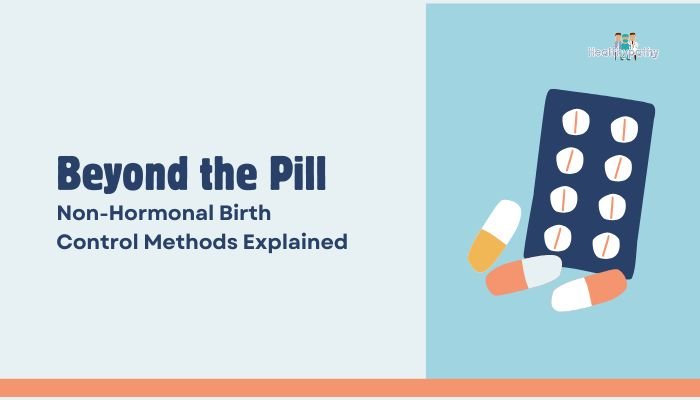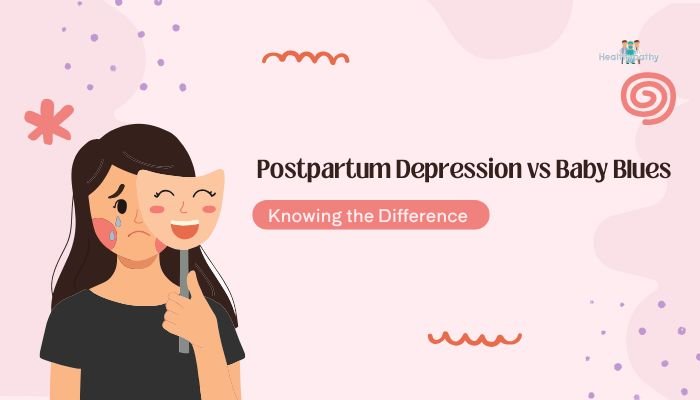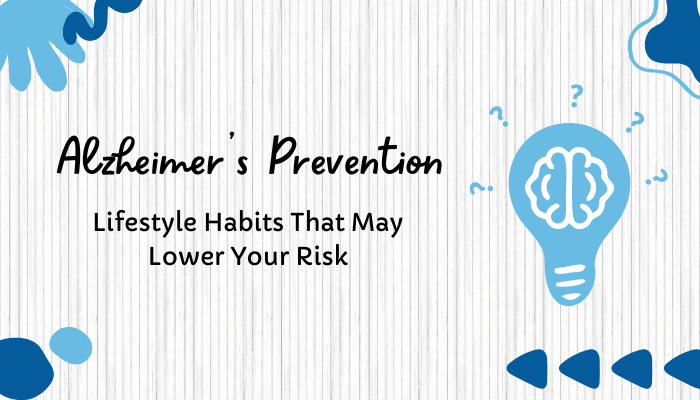Introduction
Breast cancer is often associated with older women, but it can affect those in their 20s and 30s as well—though less frequently. Early detection increases the chances of successful treatment, so understanding recommended screening guidelines and risk assessments is essential. This article covers why screening matters at a younger age, general guidelines from health organizations, and self-advocacy tips for ensuring your concerns are heard.

Breast Cancer Risk in Younger Women
Frequency and Factors
While breast cancer under 40 is relatively rare, cases still occur. Certain factors can raise a younger woman’s odds:
- Family History: A mother or sister with breast cancer, especially under age 50, increases your risk.
- Genetic Mutations: Inheriting changes like BRCA1/BRCA2 significantly heightens the likelihood of early-onset breast or ovarian cancer.
- Radiation Exposure: Particularly radiation therapy to the chest in childhood or adolescence.
Most young women remain at relatively low risk. Still, awareness of personal and familial risk is crucial to determining screening frequency.
Current Screening Guidelines for Women in Their 20s and 30s
Different professional bodies, such as the American Cancer Society (ACS) and the U.S. Preventive Services Task Force (USPSTF), provide broad recommendations. Typically:
Average-Risk Women
- Clinical Breast Exam: Some organizations suggest routine exams by a healthcare provider every 1–3 years for women in their 20s and 30s, though this is optional in some guidelines.
- Self-Awareness: Becoming familiar with how your breasts normally look and feel helps you notice changes earlier (often referred to as breast self-awareness rather than a formal self-exam schedule).
- Mammograms: Routine annual or biennial screening mammograms generally begin at age 40 or 45 for average-risk women, depending on the guideline. For younger women at average risk, mammograms aren’t usually recommended unless a concern arises.
High-Risk Women
If you have a family history suggesting higher risk (e.g., close relatives with BRCA mutations or early breast cancer), guidelines often advise more aggressive screening:
- Earlier Mammograms: Possibly beginning in your late 20s or early 30s.
- MRI Scans: Annual breast MRI alongside mammograms for those with genetic predispositions or strong family history.
- Genetic Counseling: Testing for BRCA or other relevant mutations may be recommended.
A doctor can tailor a screening plan based on your individual level of risk.
Knowing Your Baseline
Family History and Genetic Testing
Start by gathering detailed information about any relatives—on both parents’ sides—who had breast or ovarian cancer, along with ages at diagnosis. This data helps doctors weigh whether you might benefit from genetic counseling and possible testing.
Breast Self-Awareness
Formal monthly self-exams aren’t strictly required by current guidelines, but noticing suspicious changes early can be lifesaving. Observe:
- Lumps or Thickening: Keep track of anything that feels unusual.
- Nipple Changes: Inversion, discharge not tied to breastfeeding.
- Skin Texture: Dimpling, redness, or scaling on the breast or nipple.
If something feels off, schedule an evaluation.
When to Seek Medical Advice
If you notice a persistent lump, swelling, or alteration in breast/nipple appearance, or experience unusual pain localized to one area:
- Don’t Panic: Many lumps turn out benign, but quick assessment is key.
- Contact Your Provider Promptly: Better to rule out serious conditions early.
- Diagnostic Imaging: A mammogram or ultrasound is typically the next step. Sometimes, MRI or a biopsy is needed if initial tests are inconclusive.
Reducing Your Overall Risk
Healthy Lifestyle Choices
While no method fully eliminates breast cancer risk, certain strategies can modestly lower it:
- Maintain a Healthy Weight: Extra weight can increase estrogen levels, raising risk slightly.
- Limit Alcohol: Even moderate drinking correlates with higher breast cancer incidence.
- Stay Active: Regular exercise helps manage weight and hormone levels.
- Avoid or Quit Smoking: Tobacco use has been associated with various cancers, including breast cancer.
Hormonal Factors
Some younger women might use birth control pills or hormone therapy for different reasons:
- Oral Contraceptives: May slightly raise breast cancer risk while in use, but it typically declines after discontinuation.
- Discuss with Healthcare Providers: Weigh your personal/family history before choosing or stopping hormonal methods.
Coping with Anxiety About Breast Cancer
If you’re worried—especially if there’s a strong family history—seek support:
- Therapy or Counseling: Health-related anxiety is common, and mental health professionals can help.
- Online or In-Person Support Groups: Connect with others facing similar concerns.
- Stress-Reduction Techniques: Mindfulness meditation, gentle yoga, and journaling can soothe persistent worries.
Meanwhile, staying proactive with recommended screenings and open communication with your care team can offer peace of mind.
Conclusion
For women in their 20s and 30s, breast cancer risk remains relatively low, but it shouldn’t be overlooked—particularly if there’s a family history or known genetic predisposition. Regular clinical exams, understanding your personal risk factors, and practicing breast self-awareness are fundamental steps for early detection. When concerns arise, consult a healthcare provider about whether earlier or more frequent imaging might be beneficial.
Ultimately, healthy habits, mindful hormone use, and an informed approach to risk can make a significant difference in preventing or catching breast cancer early. Staying vigilant, even at a young age, helps you protect your long-term breast health and overall well-being.
References
- https://www.cancer.org
- U.S. Preventive Services Task Force (USPSTF). Breast Cancer: Screening. 2016.
- https://www.cancer.gov
- American College of Radiology (ACR). Mammography, MRI, and Other Breast Imaging Options. 2024.
- Duffy SW, et al. Quantifying the effect of mammographic screening on mortality reduction for breast cancer. J Med Screen. 2022;29(2):92–100.
- Brinton LA, Schairer C, Hoover RN, et al. Oral contraceptives and breast cancer risk. N Engl J Med. 2021;384(13):1236–1242.
- Redondo E, Borrás J, et al. Family history and breast cancer screening in young women. Fam Cancer. 2023;22(2):181–191.






